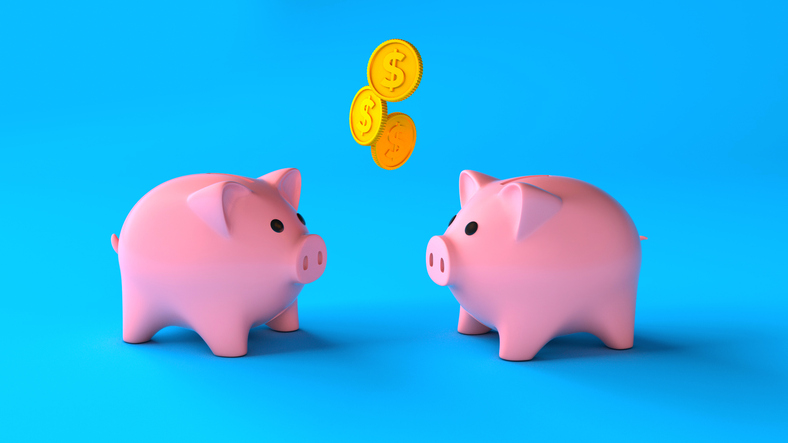Olev Edur answers your questions about your rights, personal finance, and estate planning
I’ll be turning 71 next year, and my wife will be turning 66 at the end of this year. I receive about $7,000 a year from Canada Pension Plan (CPP) and $4,000 from a private pension, and we each get about $800 in monthly Old Age Security (OAS) and Guaranteed Income Supplement (GIS) benefits. We also receive about $3,000 in interest income, so our annual income is about $33,200.
Both of us have been contributing fairly regularly to our TFSAs, and they now hold about $80,000 each, but I also have about $110,000 in an RRSP. Because I’m turning 71, I’ll have to convert the RRSP into a RRIF by the end of next year and then start taking money from it—that’s going to result in a 50 per cent reduction in our GIS benefits. I realize I can reduce the withdrawal amounts slightly by basing them on my wife’s younger age, but even so, the loss of GIS benefits will be rough. Is there any way to reduce the impact?
One strategy you might consider is investing your non-sheltered monies in equity-based mutual funds or exchange-traded funds (ETFs). (ETFs tend to have lower fees.) Most (or in some cases, all) of the earnings from these funds are capital gains, which aren’t taxed until the assets are sold, while interest-bearing investments are taxed every year, so your GIS benefits are reduced every year.
There’s always some risk that equity investments won’t perform well, but over the long term, they almost invariably outperform fixed-income (that is, interest-bearing) investments. And if you choose conservative equity offerings, you can minimize the volatility risk. Although those gains will eventually have to be realized and taxed, you’ll be forestalling the inevitable, possibly for many years, and in the end, only half your capital gains will be taxable, so the net result should be an overall improvement in after-tax income.
Another option might be to withdraw all of the RRIF funds over the next few years, in amounts that don’t boost your income into a higher tax bracket. Yes, you’ll lose all your GIS for those few years and could also incur some tax, but after that, your benefits will rebound and stay put, hopefully for many more years of retirement. This strategy could be particularly beneficial if you were able to roll most of what’s left of the RRIF withdrawals after tax into your TFSAs.
Both of these options involve complexity, though, and they each have some risk, so professional advice is recommended.






